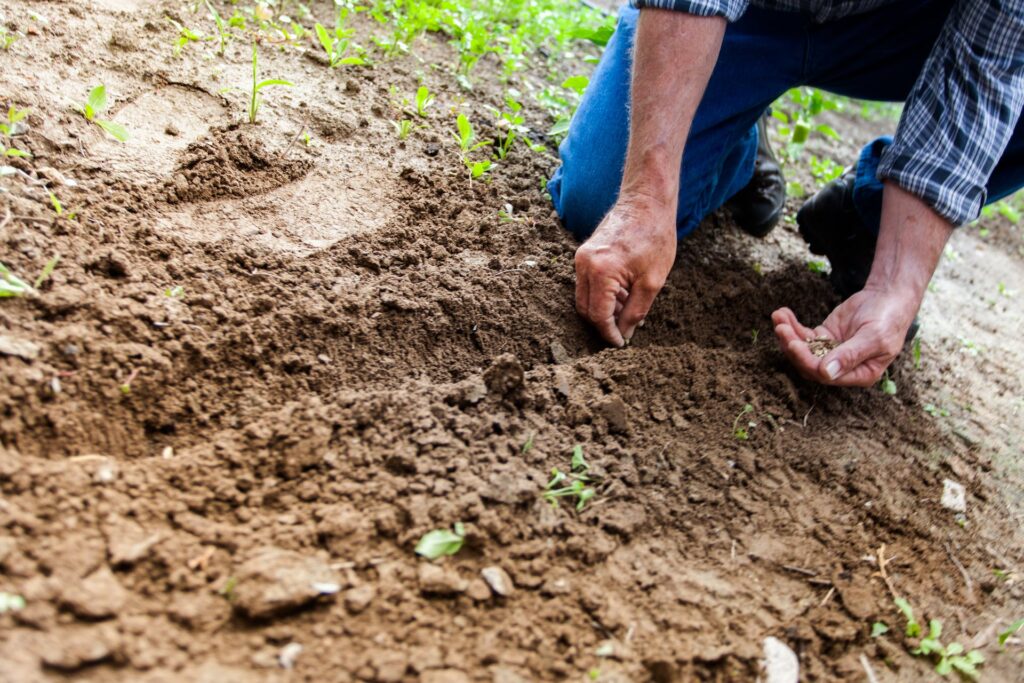Tree planting is a noble and essential activity that contributes significantly to environmental well-being. However, the success of these efforts hinges on the adoption of proper tree planting techniques. In this article, we will delve into the importance of using the right methods when planting trees, exploring how it affects the long-term health, growth, and sustainability of our green spaces.

Ensuring Successful Establishment
Proper tree planting techniques are foundational to the successful establishment of trees. The initial stages of a tree’s life are critical, and if not handled correctly, it can lead to stunted growth, increased susceptibility to diseases, and even premature death. By following best practices, such as proper hole preparation and soil amendment, we can create optimal conditions for the tree to establish its roots and thrive.
Enhancing Tree Health and Longevity
Trees planted using appropriate techniques are more likely to exhibit robust health and longevity. Correct planting methods promote strong root development, which is crucial for nutrient absorption and overall stability. Well-established roots help trees withstand environmental stressors, resist diseases, and adapt to changing conditions over time. Investing in proper planting ensures that the tree has a solid foundation for a long and healthy life.
Mitigating Environmental Impact
Proper tree planting techniques contribute to mitigating the environmental impact of tree planting initiatives. When trees are planted correctly, they are better equipped to sequester carbon dioxide, a key greenhouse gas responsible for climate change. Healthy trees also play a vital role in improving air quality, reducing soil erosion, and providing habitat for various wildlife. By planting trees with care, we maximize their positive impact on the environment.
Water Conservation and Efficiency
Efficient water use is a critical aspect of proper tree planting. Using the right watering techniques during the initial planting phase helps prevent water stress and ensures that the tree receives adequate moisture. Mulching around the base of the tree helps conserve soil moisture, reduce evaporation, and suppress weed growth. By incorporating water-efficient practices, we promote sustainable tree growth while conserving one of our most precious resources.
Adapting to Local Conditions
Each region has its unique climate, soil composition, and environmental conditions. Proper tree planting involves selecting tree species that are well-suited to the local environment. Native species are often more resilient and adapted to the specific challenges of the area. By considering local conditions and planting native trees, we enhance biodiversity, support ecosystem health, and increase the likelihood of successful tree establishment.
Community Engagement and Education
Implementing proper tree planting techniques goes hand in hand with community engagement and education. When individuals and communities understand the importance of these techniques, they are more likely to participate in tree planting initiatives and adopt sustainable practices. Education about the significance of trees in our ecosystem, along with guidance on proper planting methods, empowers people to make informed decisions that positively impact the environment.
Conclusion
In conclusion, the importance of proper tree planting techniques cannot be overstated. It is not merely about putting a tree in the ground but rather about creating the conditions for a thriving, healthy, and sustainable future. By following best practices in tree planting, we contribute to environmental conservation, support biodiversity, and foster a greener and healthier planet for generations to come. As we continue to recognize the vital role of trees in our lives, it is essential to approach tree planting with the care and consideration it deserves, ensuring that our efforts today bear fruit for the well-being of our planet tomorrow.
